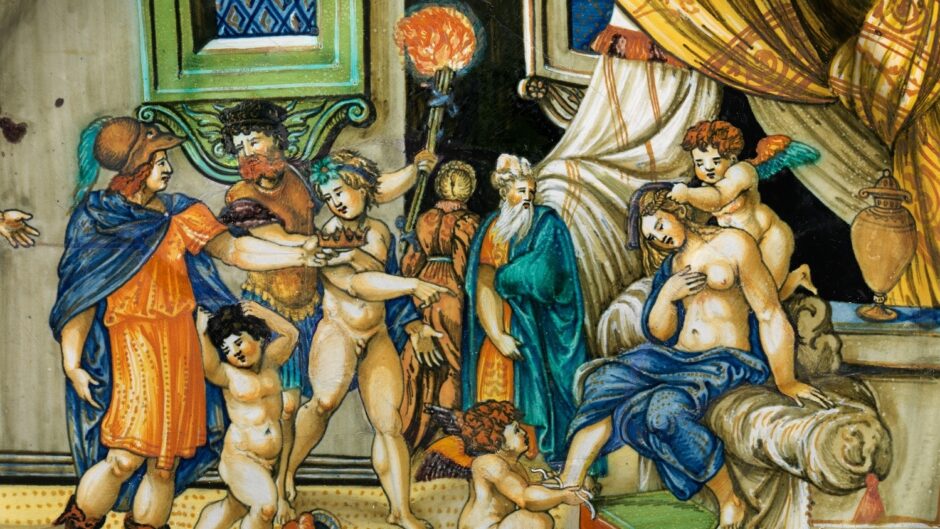Course 3 – Summer School online
Monday 10 – Friday 14 June 2024
Dr Claudia Daniotti
£395
Course description
This course explores the evolving theme of ‘Famous Women’ from ancient history and mythology in Italian Renaissance culture. From the mid-fourteenth century, a flourishing textual and visual tradition grew up around the figures of ancient heroines like Medea, Cleopatra, Lucretia and Judith, whose stories, whether edifying or controversial, provided Renaissance women with exemplary models of how to (or how not to) behave. Selected from Greek and Roman myth and history, and from the Bible, ‘Famous Women’ were depicted in the visual arts as well as in collections of biographies and educational treatises. What role model did they provide for Renaissance women? What kind of contribution did they make to the developing notions of female identity between the medieval and early modern periods, and the changing role of women in society?
Starting from the lavishly illuminated manuscripts of Giovanni Boccaccio and Christine de Pizan, we will discuss the visual imagery developing in the Renaissance around notable heroines (like Helen of Troy, the Amazon Penthesilea, Queens Semiramis and Queen Tomyris of Scythia). The focus of our enquiry will be on artefacts from c. 1350 to c. 1600, belonging to a variety of artistic media (including painting, ceramics, marriage chests and the domestic art) and extending to iconographic themes particularly favoured north of the Alps (such as ‘the Nine Worthy Women’ and ‘the Power of Women’).
